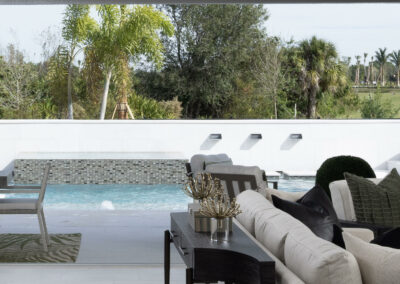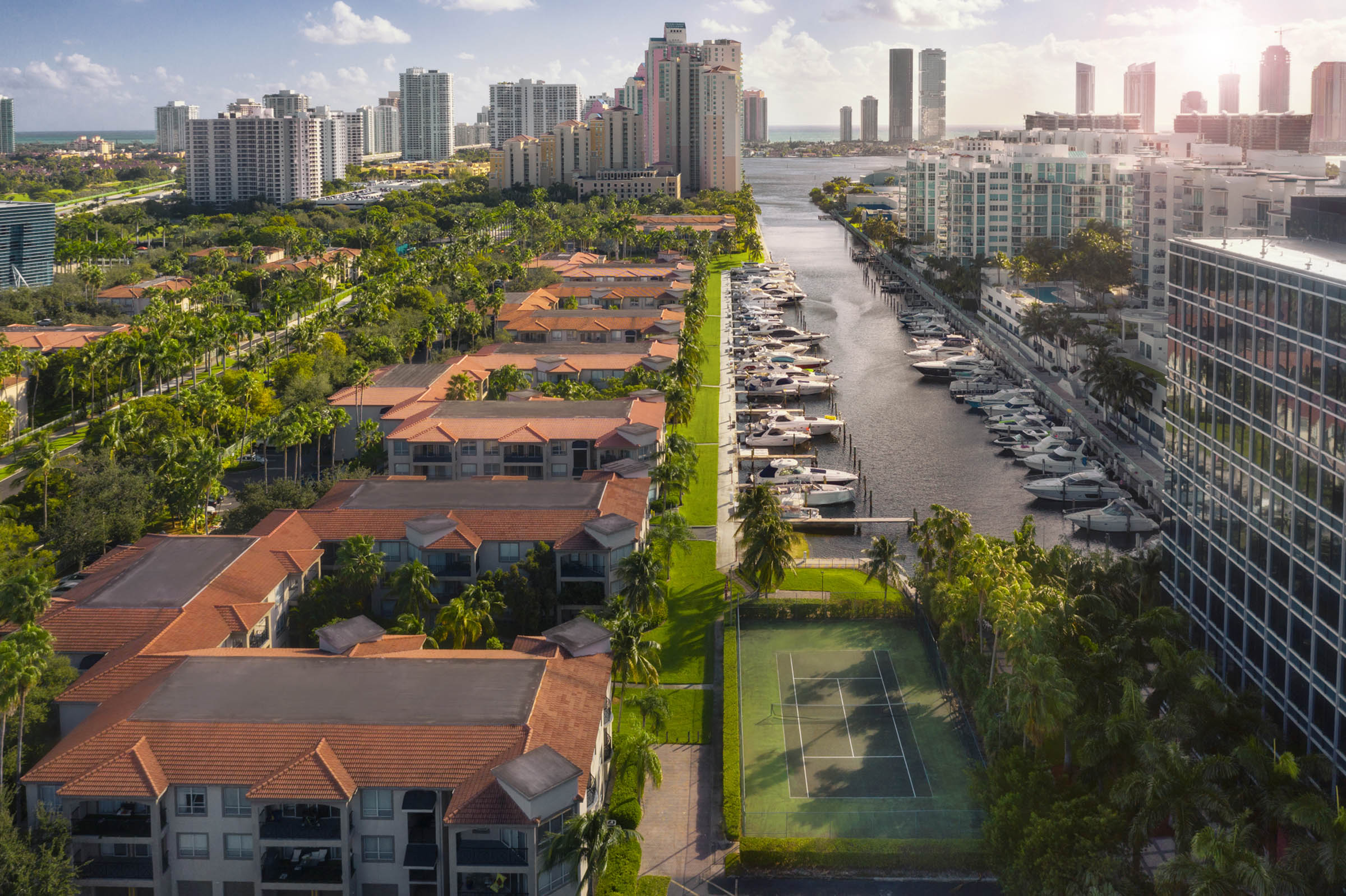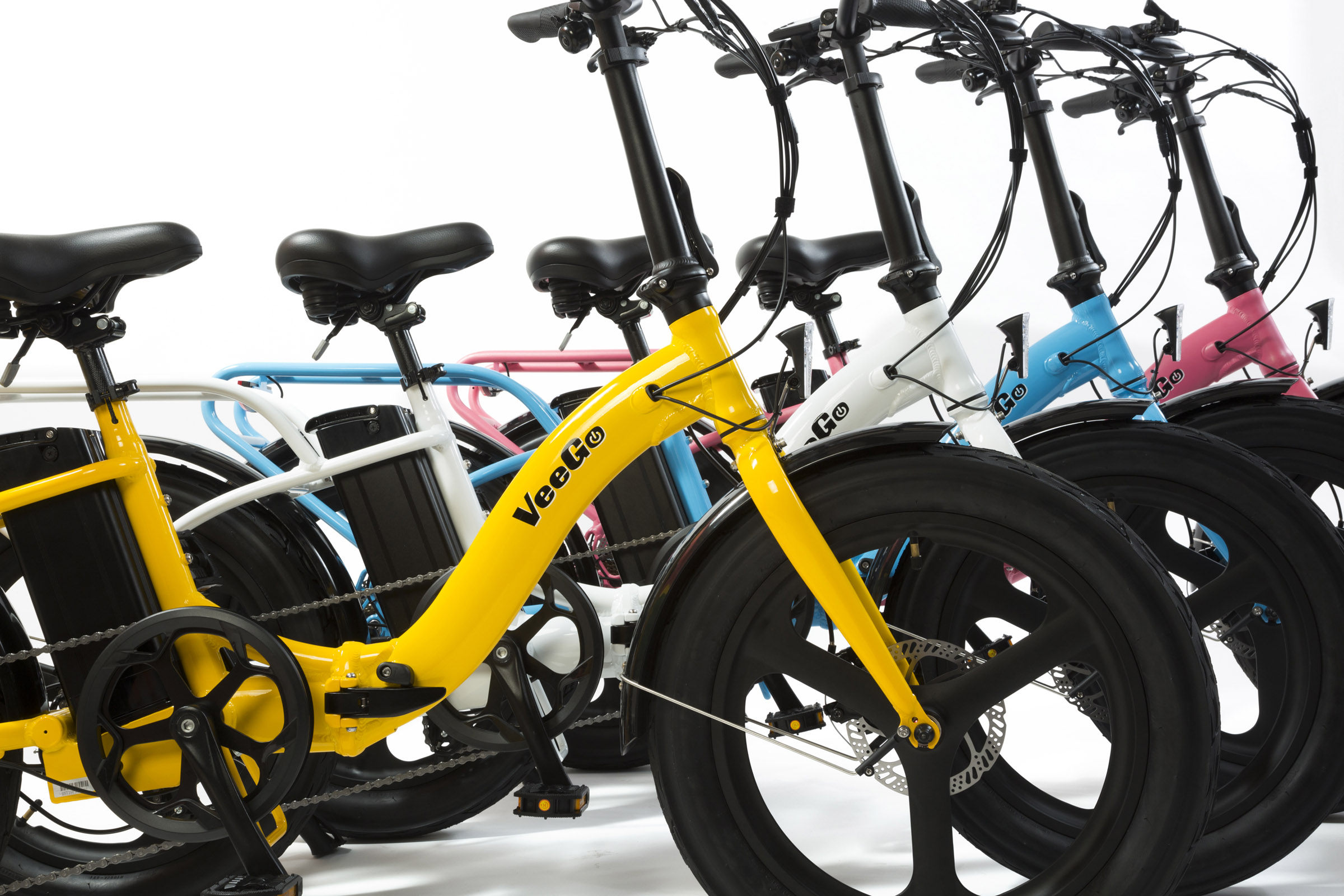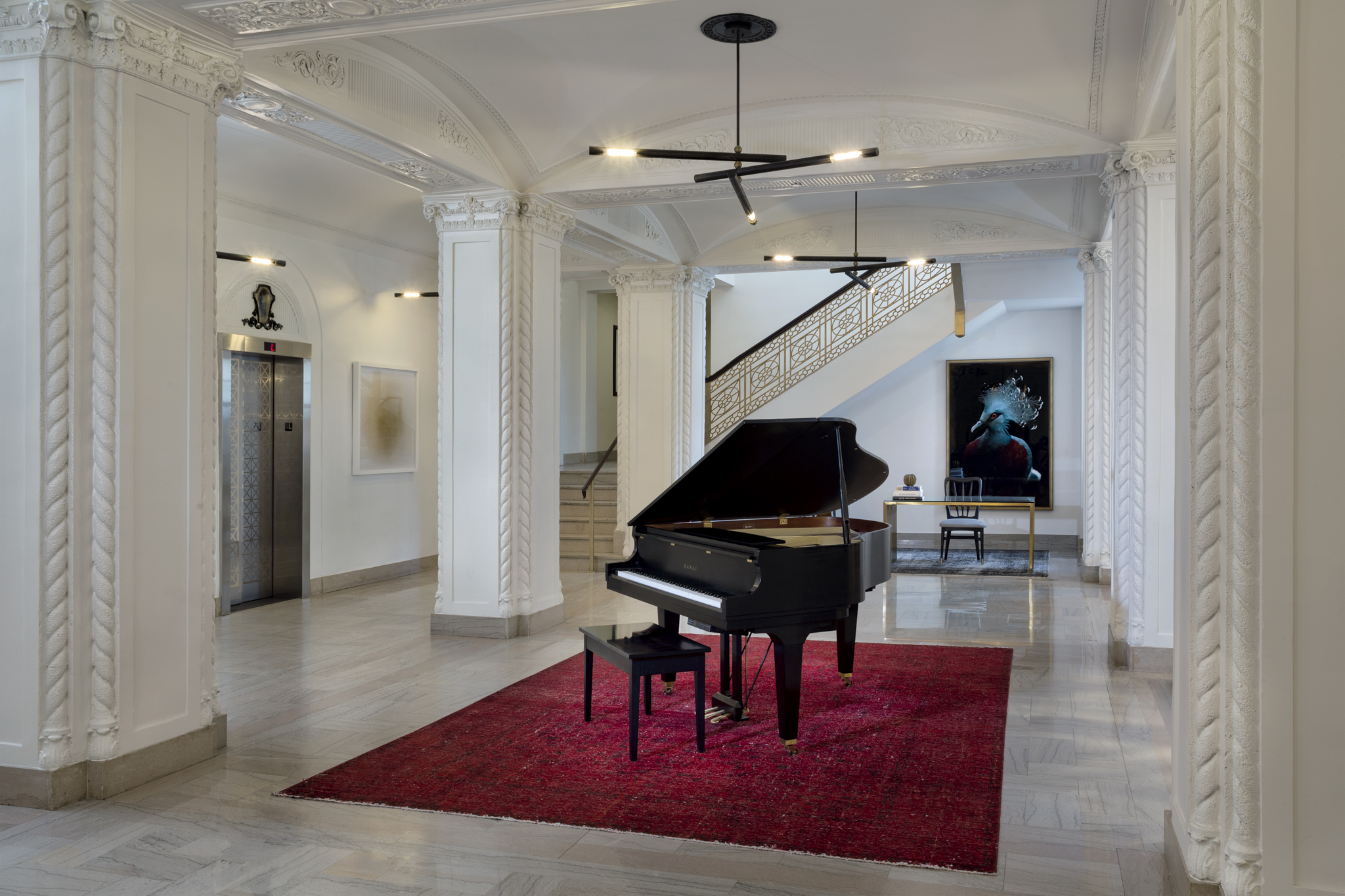Is Photoshop AI The End of Architectural Photography?
We believe in keeping our work fresh by staying current on the latest and greatest technology. Our retouching team decided to see how we could use the new Photoshop AI tools to benefit our architectural photography clients’ imagery that we produce.
Our owner, and head photographer, Rob Bovarnick, started using it as a creative tool by adding a spaceship into a shot or a creature crawling up from the floor. Just doing it for fun first to see how the process worked. Rob soon realized his AI-edited spaceships could be used in more practical applications in our post-editing process.
We’re firm believers in making sure everything is perfect from the start BEFORE we capture an image, so we’re not relying on just post-production to carry the weight. We stay tuned into fine details when we shoot to help minimize what we have to fix digitally afterward. Using post-production to correct problems from being lazy up front is not a winning formula for success. Inexperienced architectural photographers can easily fall into this crutch to get finished quickly.
We often use AI as a removal tool, but sometimes we have to add elements if they don’t exist in sight. For example, recently, we photographed a beautiful residential pool for Homes by WestBay. The pool’s back wall fountains weren’t working, so we selected that area and prompted AI to ‘add’ water flowing out of the fountains. After several attempts, we got something that worked and looked highly realistic.
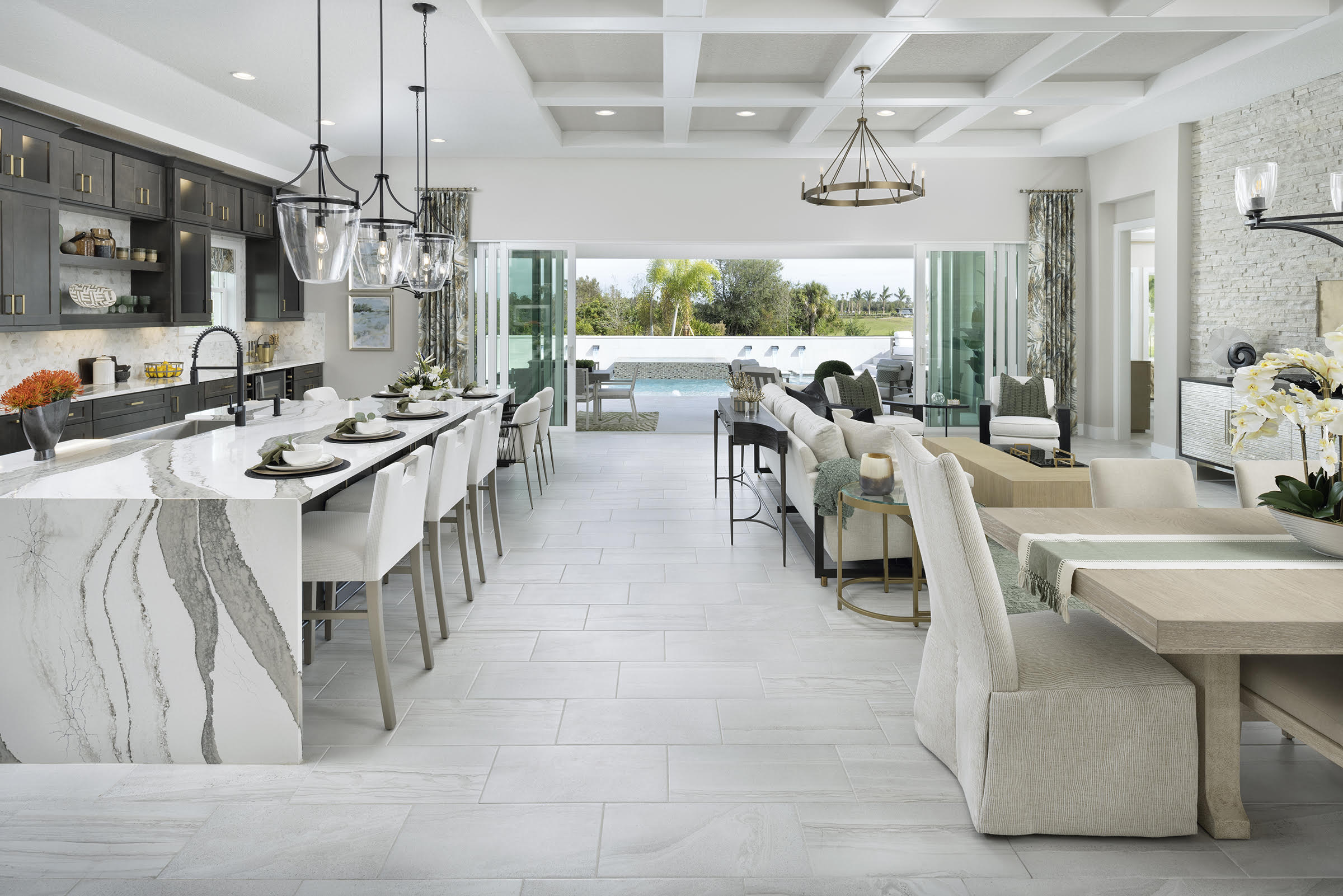
The Photoshop AI tool allows us to streamline the editing process and provide a better, more realistic end product. We still spend a lot of time on each image in post-production, but it’s become an additional tool in the toolbox that’s extremely useful. It’s not displacing our retouchers at all, but it’s making our workflow more productive and giving us options to create more. It allows us to provide our clients with a superior end product.
There are a lot of valid concerns from artists and creatives in the industry. We’ve been researching the risks associated with AI. We have been careful to make sure that the content being utilized from AI is royalty-free and that the Photoshop AI tools are not exploiting the creator’s copyrights. Much of the AI imagery when using Photoshop prompts is derived from online content. This will continue to be an ongoing issue that photographers and creators must be cautious of when implementing these tools.
We don’t believe it will eliminate the need for an architectural photographer, especially since we provide a higher-end photography product. However, using AI could alter what’s reality and what’s not. We often retouch to enhance an image a little bit, but sometimes, we’re directed by clients to remove more items than we feel is necessary.
Part of our process is constant communication and collaboration with our clients to balance beauty and reality. We’re very selective in how we approach post-production because we want the images to look authentic and believable. People hire us for our expertise as architectural photographers because we excel at balancing reality vs enhancing it. Whether we’re shooting food, portraits, products, or architectural photography, we carry that photographic philosophy across the board. We light and edit to enhance not alter the reality too much.
It’s a fine balance, but one we’re committed to upholding no matter where technology takes us.
